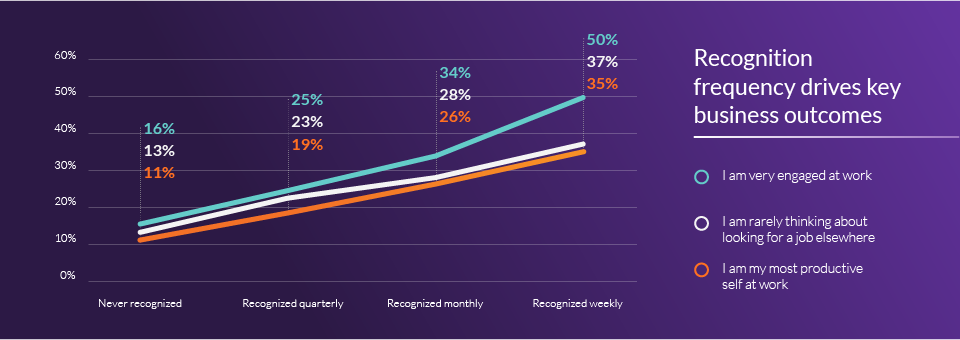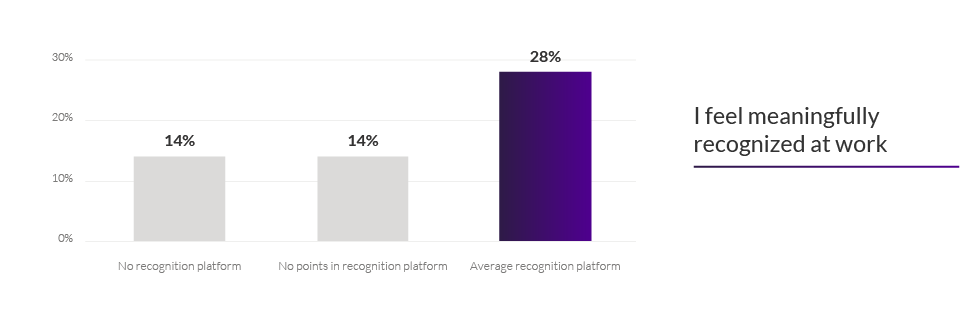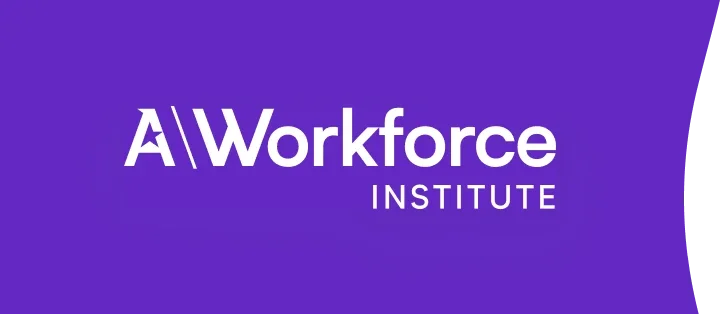The Gratitude Gap: 2023 State of Recognition Report

This resource is brought to you by:
Topics Covered:
Culture and Consistent Recognition
The last few years haven’t been easy for HR leaders. From a global pandemic to renewed social justice efforts, and lingering questions around return to work — remote vs hybrid vs in office — the last few years have seen near constant change. Unfortunately, the next year doesn’t look smooth.
Three-quarters of HR leaders are worried about a recession and only one quarter say their company is ready. Between cutting company costs and maintaining employee engagement and retention lies a narrow path that HR must navigate.
The new 2023 State of Recognition Report shows the power of an effective recognition platform and finds that cash isn’t always king when it comes to motivating and retaining employees.
“Implementing creative, data-driven strategies, such as effective recognition programmes, can help your organisation more successfully navigate any rough waters encountered and come out ahead,” says Achievers Workforce Institute (AWI) Chief Workforce Scientist Dr Natalie Baumgartner.
Why does employee recognition matter in 2023?
Employee recognition matters in 2023 because it is proven to support both organisational and individual needs such as driving engagement, job commitment, and productivity. Employees say feeling recognised would offset a high workload and help maintain morale during layoffs. Companies with an effective recognition platform can reduce turnover and increase efficiency.

As HR leaders are increasingly asked to prove the ROI of their employee programmes, the question may arise: does recognition have to be high cost to be effective? The good news is that social recognition can be just as important when it comes to driving results.
What has a bigger business impact: social or monetary recognition?
The data shows that social and monetary recognition both have a significant business impact. In general, social recognition is just as impactful for increasing engagement, productivity, and job commitment. However, social-only programmes may not be sufficient with employees who say there is no monetary component to their company’s recognition programme less likely to feel recognised compared to the average platform user.

How often should an employee be receiving recognition at work?
An employee should receive at least one recognition a month. Achievers Workforce Institute research shows that when employees report that they are recognised at least monthly, they are also more likely than average to be engaged, committed, and productive at work.
How much do I need to spend on an employee recognition programme?
How much you need to spend on an employee recognition programme will vary depending on your objectives, but the good news from AWI is that social recognition can support most employee outcome objectives including engagement, job commitment, and productivity. A robust recognition platform with a consumer-grade mobile app, communication and campaign support, and a comprehensive marketplace for reward redemption will drive results and offer a strong return on investment.
Three steps to improve recognition frequency in your company
1. Educate on making recognition meaningful
The #1 reason people say they don’t recognise is that they don’t know how to give a meaningful recognition. AWI research shows that the key ingredients of a meaningful recognition are making it personal, specific, and impact oriented.
2. Train managers and leaders
People who say their manager regularly recognises them are more likely to also report frequently recognising others. HR leaders must train and reinforce the importance of recognition for managers so they will help start and spread a culture of recognition. It is crucial to get buy in from front-line managers as they will have the biggest impact on the organisation in the shortest amount of time.
3. Put a spotlight on recognition
Demonstrate that recognition is important at an organisational level by highlighting moments that matter. From one-to-one meetings and team catch-ups to the company-wide town hall, call out people who have done great work. Make sure these recognitions are spread across people and teams, rather than consistently featuring a small group of top performers.
The strong correlation between recognition, both social and monetary, and key outcomes including engagement, retention, and productivity gives data-backed direction to HR leaders who want to ensure they see results from every dollar spent.
If an existing recognition platform isn’t driving results, review the traits of an effective platform and ensure you have all these elements in place. Consider specific programme elements such as social vs monetary recognition, the ability to boost or share recognitions, and whether employees know about and use the platform every week.
Read the 2023 State of Recognition report now

Join our mailing list
Stay up to date with the latest in workforce science from Achievers Workforce Institute.
